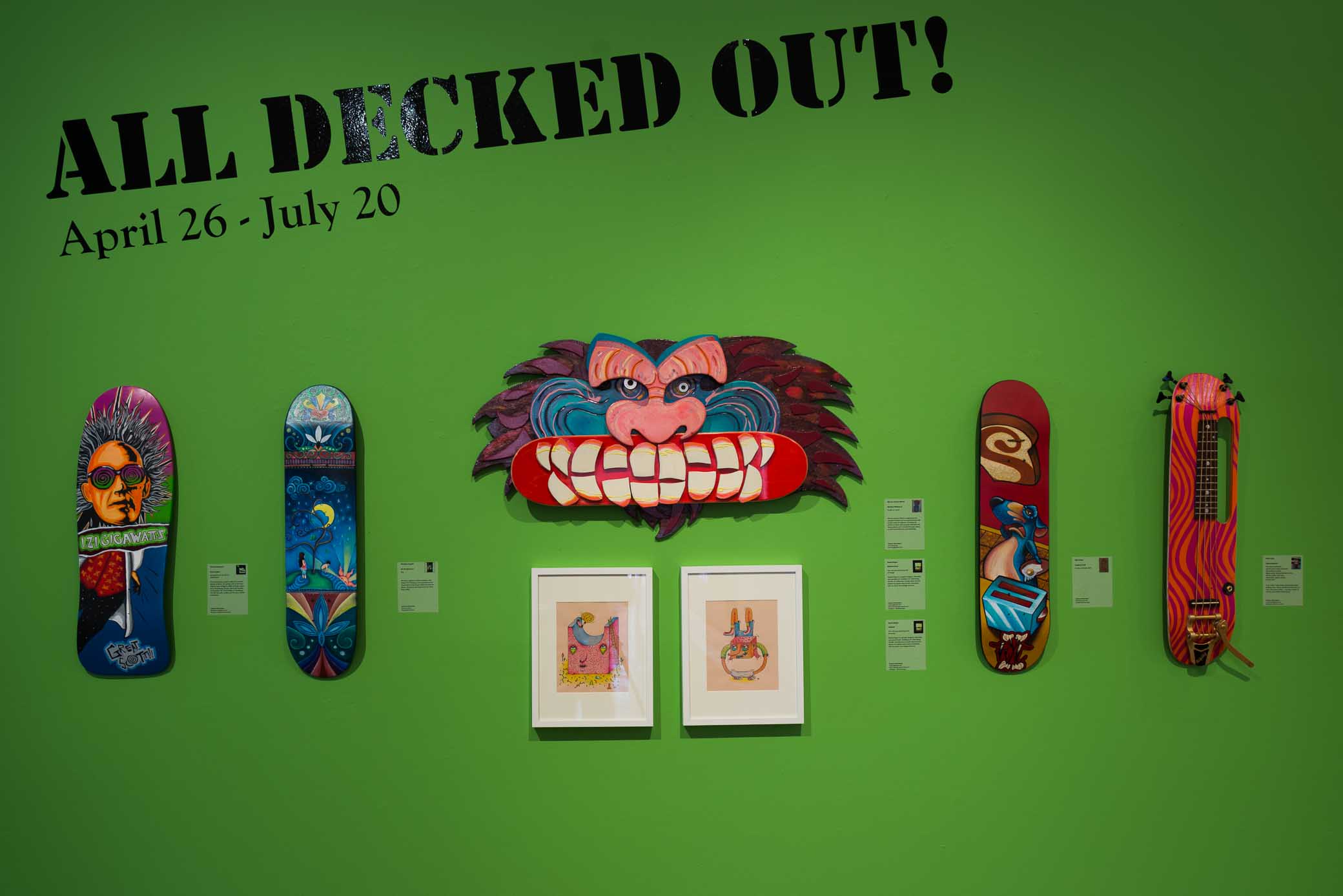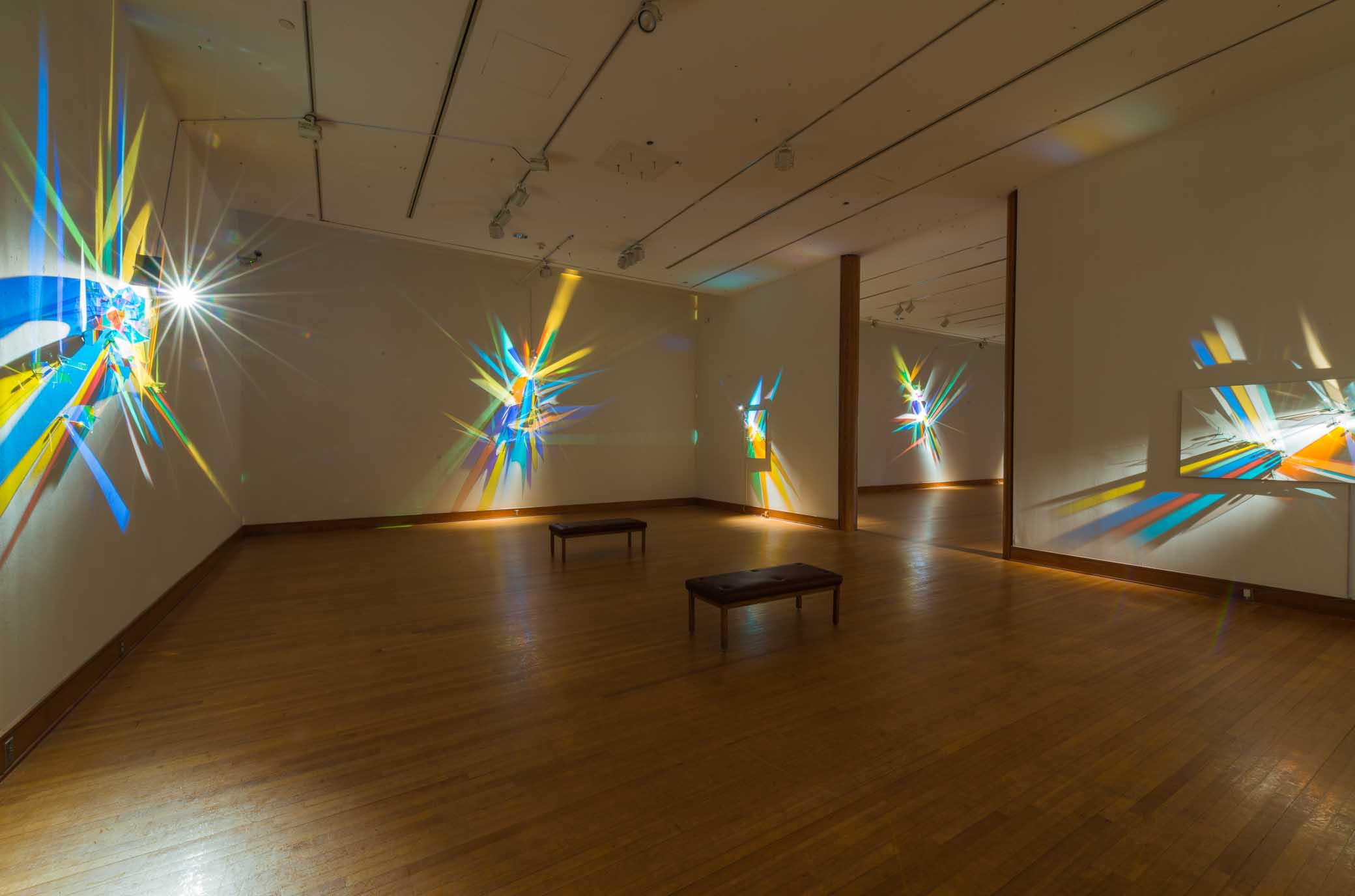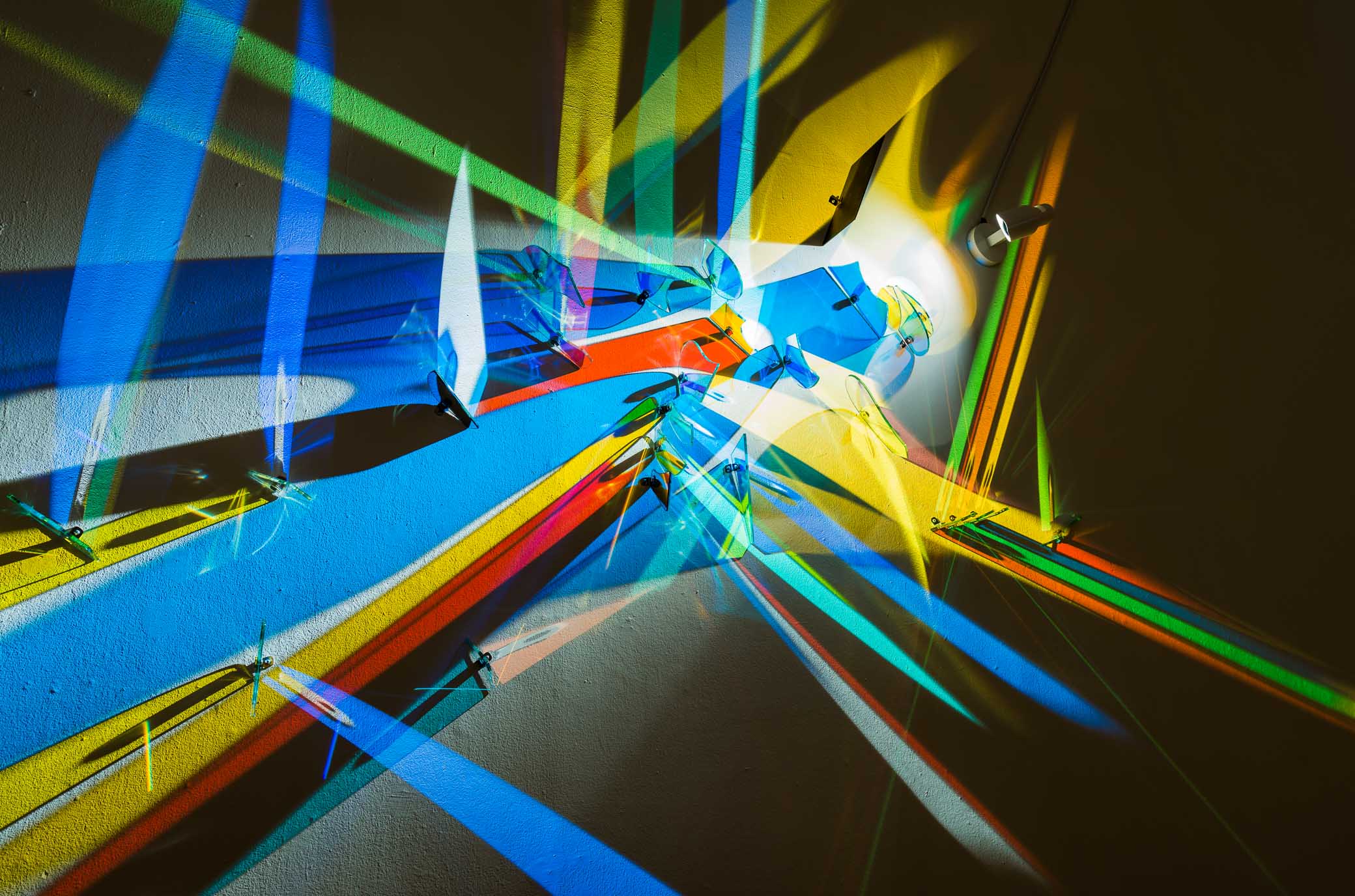Future Retro: Drawings from the Great Age of American Automobiles
/Design Proposal: Two Door Sports Car, Elia Russinoff, 1953, Colored pencil on black paper, From the Jean S. and Frederic A. Sharf Collection
Organized by the Museum of Fine Arts, Boston
September 20 – December 6, 2014
Dorothy Jenkins Gallery and Gallery II
This exhibition, comprised of 105 drawings from the collection of Frederick A. Sharf, showcases the beauty and ingenuity of American automotive design during the decades following World War II, a landmark period in car styling. An eclectic mix of illustrations, from preliminary sketches to fully rendered works, provides a rare glimpse into the creative process at some of America’s premier car companies. Dating from an era when speed and power were increasingly important factors in automotive sales, these drawings show reference to the emerging technologies that influenced postwar car design, like airplanes and rockets.















